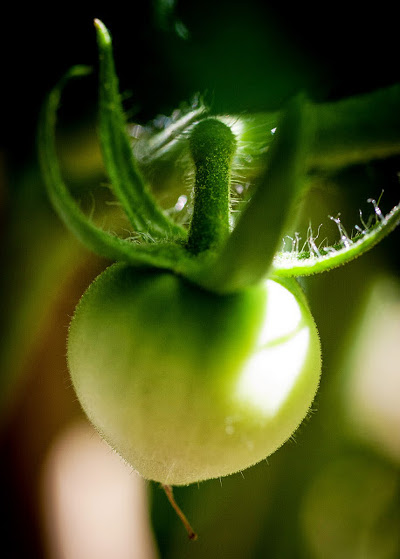| Share |  |
 | |||
How Does Your Garden Grow
A few early preparations for the spring gardening season will bring benefits all year long. Spring is the time to get your yard and garden ready.
If you are a seasoned gardener or a new beginner like me, there is much to know and enjoy. You may want to join a garden club at your local garden center or at a store like Home Depot or Lowes who offer a lot of helpful information. The Farmer’s Almanac is also a helpful tool.
Here are a few helpful tips seen on eartheasy.com for you to consider.
Prepare Your Lawn for Spring
Rake the lawn to remove dead growth and winter debris. This helps bring light and air to the soil level, encouraging the grass to grow. Re-seed bare patches of lawn. Rake bare spots firmly with a metal rake before seeding. Sprinkle grass seed into a bucket of soil and spread evenly over the bare spot. Keep well-watered until seeds germinate and the new grass establishes. Pre-emergent herbicides such as corn gluten may be applied now.
Early Spring is the Time for Lime
Soils with a pH below 6.2 will benefit from the addition of lime. Dolomite is the finest grind, and is recommended. With ground limestone it will take twice as long for plants to derive any benefit from it. Ideally, lime should be added several weeks before planting. Hydrate lime, or "quick lime," is not recommended, as it can change the soil pH so rapidly that plants may be damaged. Cover newly limed beds with plastic during heavy spring rains to prevent runoff. Soil pH can be determined by using a soil pH test kit.
When it's Dry Enough, 'Top Dress' Beds
Top dress garden beds with compost or well-seasoned manure in preparation for planting. Resist the urge to dig the bed; established beds have a complex soil ecosystem which is best left undisturbed. Nutrients added from the top will work their way down into the soil.
Clear Drainage Ditches
Leaves and debris gather in drainage areas over the winter. Now is the time to ensure that the spring rains will have adequate runoff. Spring seedlings do best in soil which drains well. Because vegetative growth is at a low point in early spring, this is the easiest time of year for clearing drainage ditches. And be sure to put the cleared material, usually dead leaves and small branches, into the compost. Spring compost piles are commonly short on carbon-rich materials, and every addition helps.
Weed Young Spring Weeds. Mulch Bare Spots in Beds
Any weeds which appear in your garden beds will be easiest to pull now, as the roots are shallow. Covering bare spots with mulch or ground cover will minimize the emergence of new weeds. Adding mulch to a depth of 3 to 4 inches is usually sufficient. Black plastic sheeting can also be used to cover the beds before planting as a way to suppress emerging weeds. And if you flip the sheeting over once a week you may likely find slugs which have been hiding in the bed. This is a simple way to reduce the slug population in garden beds.
When adding mulch to garden beds or around the base of fruit trees, keep the mulch a few inches away from tree trunks and the crowns and stems of plants. This will help reduce rot on the stems of young plants and will protect the bark of young fruit trees.
Prune Out Dead or Damaged Branches
Prune unwanted branches of trees and shrubs after new growth has begun. Cut back any remaining dead perennial foliage from last season. Prune roses just before they start to bud out. Spring blooming trees and shrubs, however, should not be pruned in late winter; their flower buds are ready to open as temperatures warm. Azaleas, forsythia, weigela, dogwood, and other spring shrubs can be pruned.
Transplant Any Existing Shrubs You Want to Move Before They Begin to Leaf Out
Soil conditions in early spring are favorable to transplants because the soil is more consistently moist, which helps new rooting to expand from the transplant zone and reach out for more nutrients. To transplant, use a spade to find the edges of the main root mass, then dig down and under to loosen the root ball. Dig the new hole several inches wider all around, and add soil amendments such as compost or organic fertilizer. Once the transplant is set in place, filling in around the sides with lightly compacted soil will promote lateral root growth.
So wake up the garden to a new growing season… prepare the soil and the seedlings...but most of all enjoy the process and the results. You can find these tips and more on EarthEasy.com.
Copyright © 2008-2015 Debbie Reynolds Harper
Post Your Comment...
|
|
||||||||||||



